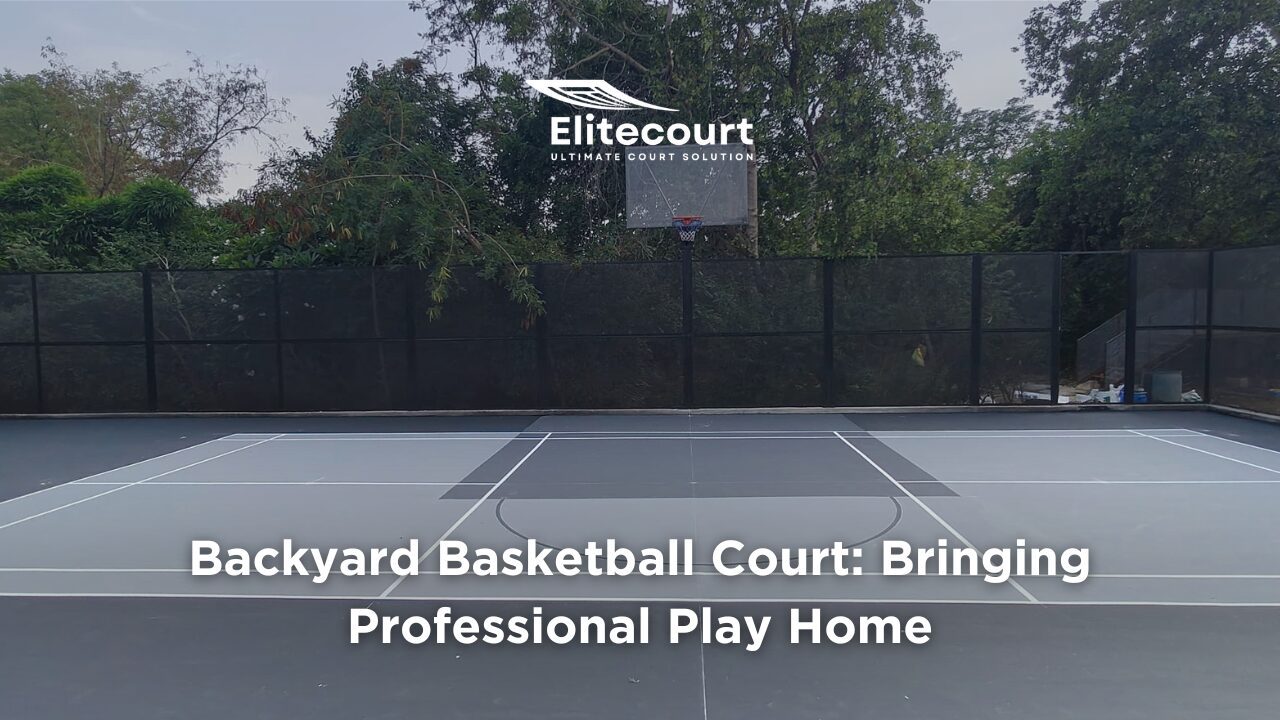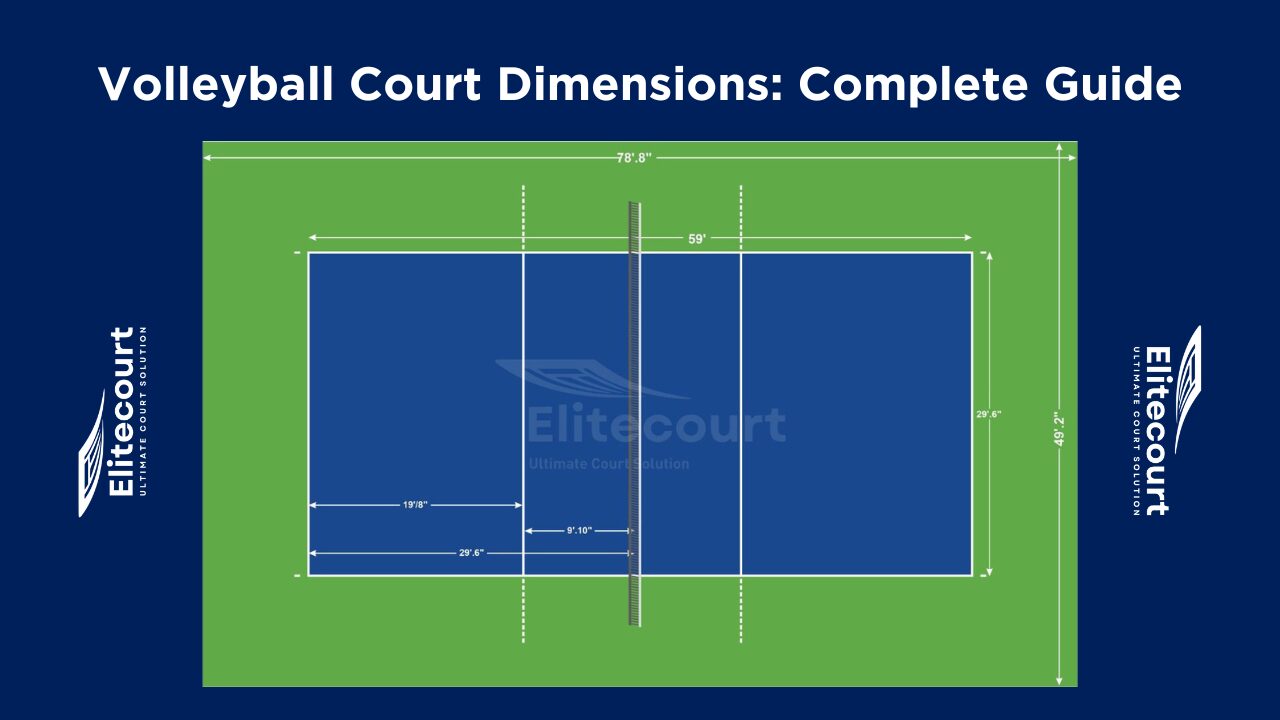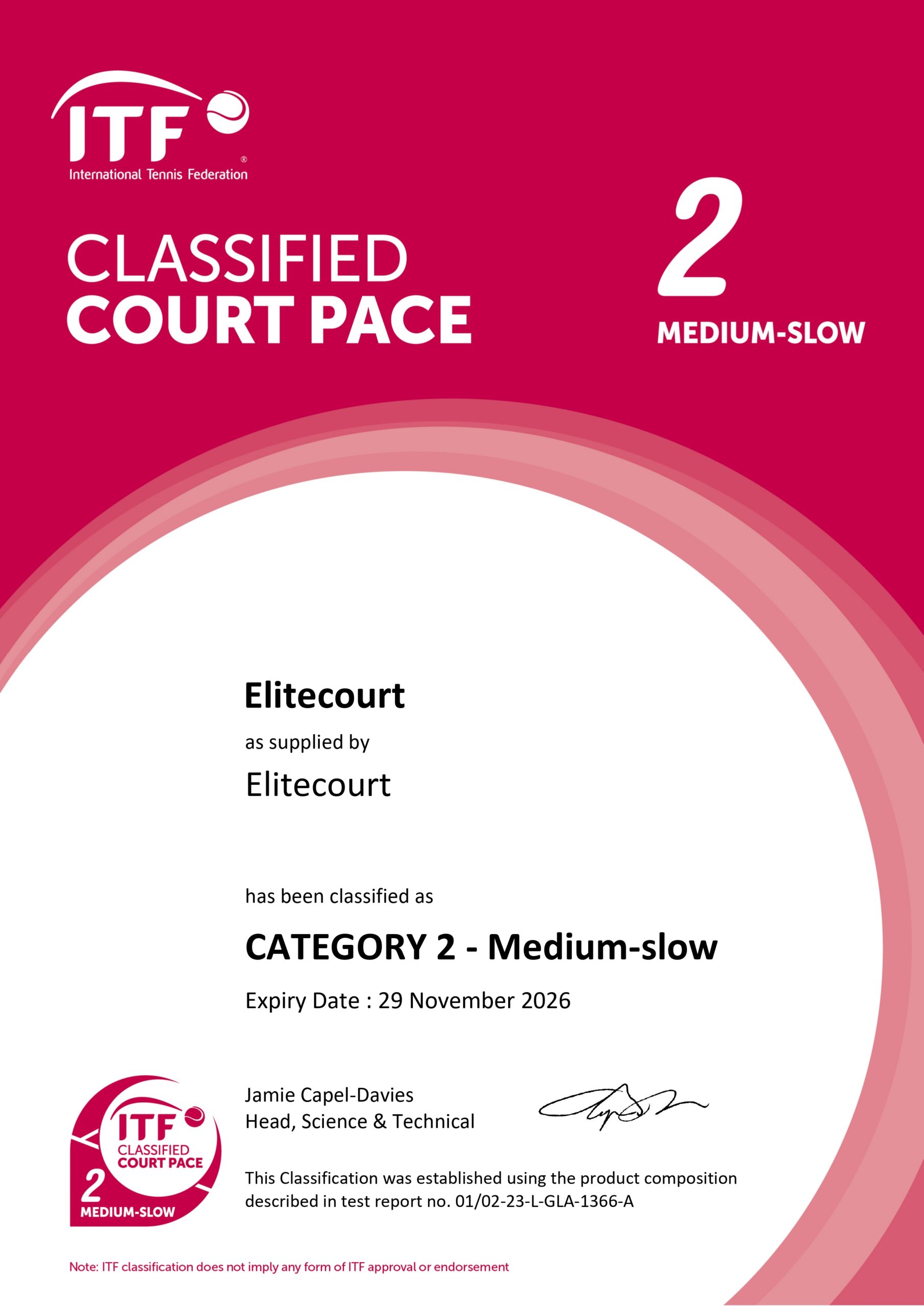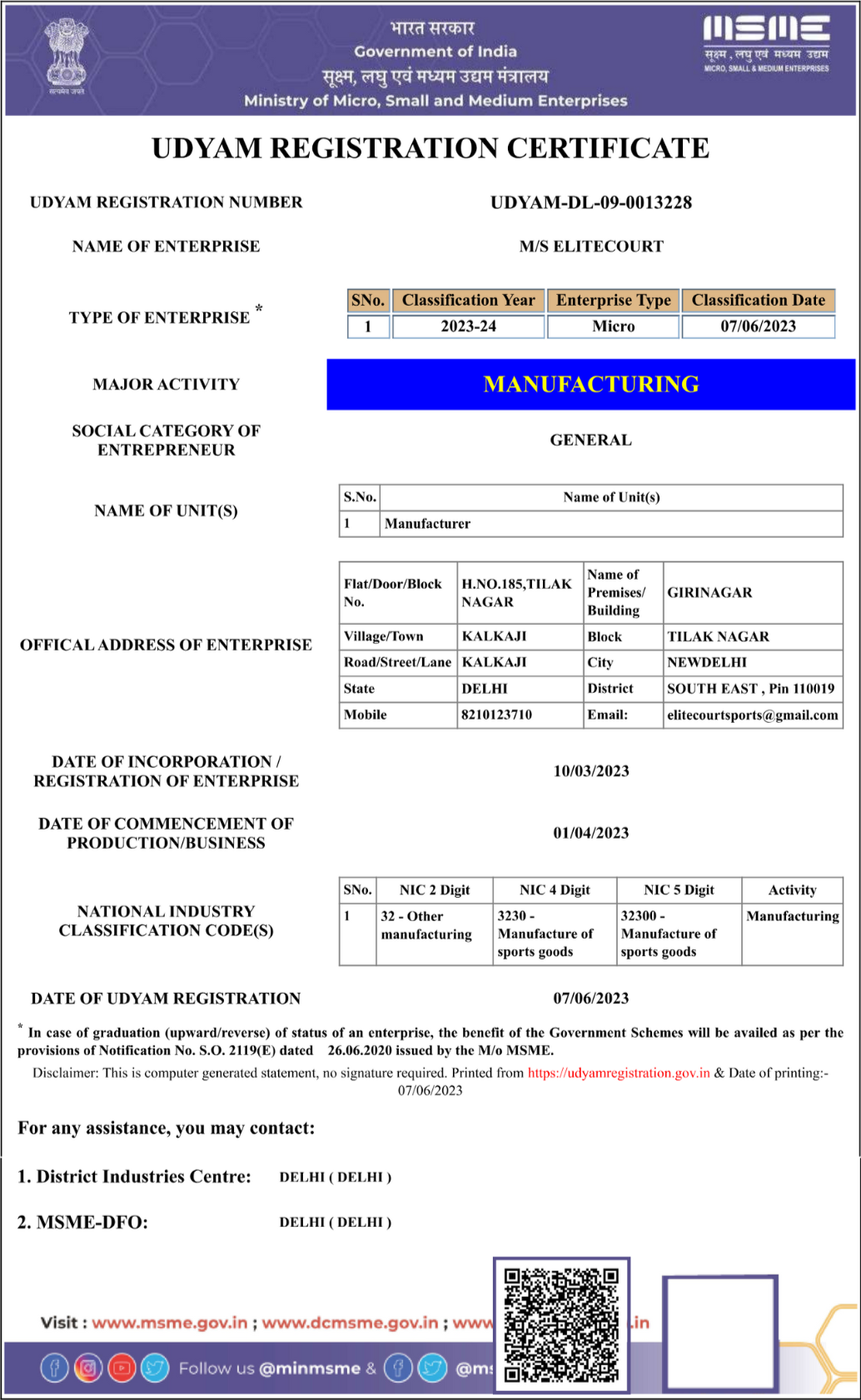The Ultimate Guide to Synthetic Flooring: Transforming Your Space with Style and Durability

Table of Contents
Introduction
Tired of the worn-out and outdated look of your space? Look no further! This guide will show you how to transform your space with style and durability. Whether you are renovating your home or revamping your office, synthetic flooring is the perfect solution. With its wide range of colors, patterns, and textures, you can create a unique and personalized look that reflects your sense of style. Not only does it offer a visually appealing appearance, but it also provides the durability needed to withstand the everyday wear and tear of high foot traffic areas.
In this comprehensive guide, we will explore the different types available in the market and discuss their benefits and drawbacks. We will also provide practical tips on how to choose the right option for your space, as well as the proper installation and maintenance methods. Whether you are a DIY enthusiast or prefer to hire a professional, this guide will equip you with the knowledge you need to transform your space into a beautiful and functional environment.
Types of Flooring Options
Rubber Flooring
Rubber flooring stands out for its exceptional shock absorption properties, making it an ideal choice for sports courts where impact reduction is crucial. Its elasticity provides a cushioned surface that minimizes the risk of injuries during intense physical activities, such as basketball or volleyball games.
PVC Flooring
Polyvinyl chloride (PVC) flooring offers remarkable water resistance, making it suitable for sports courts that might be exposed to moisture. Its durability, coupled with the ease of maintenance, makes PVC flooring a practical option for indoor and outdoor sports arenas.
Polypropylene Flooring
Polypropylene flooring, known for its durability and cost-effectiveness, presents a versatile solution for sports courts. Its interlocking tile system facilitates easy installation, catering to varying court sizes and shapes.
Acrylic Flooring
Acrylic flooring, often used in outdoor sports courts, provides a smooth, uniform surface ideal for tennis or basketball courts. Its resistance to harsh weather conditions and UV stability ensures long-term performance and aesthetic appeal.
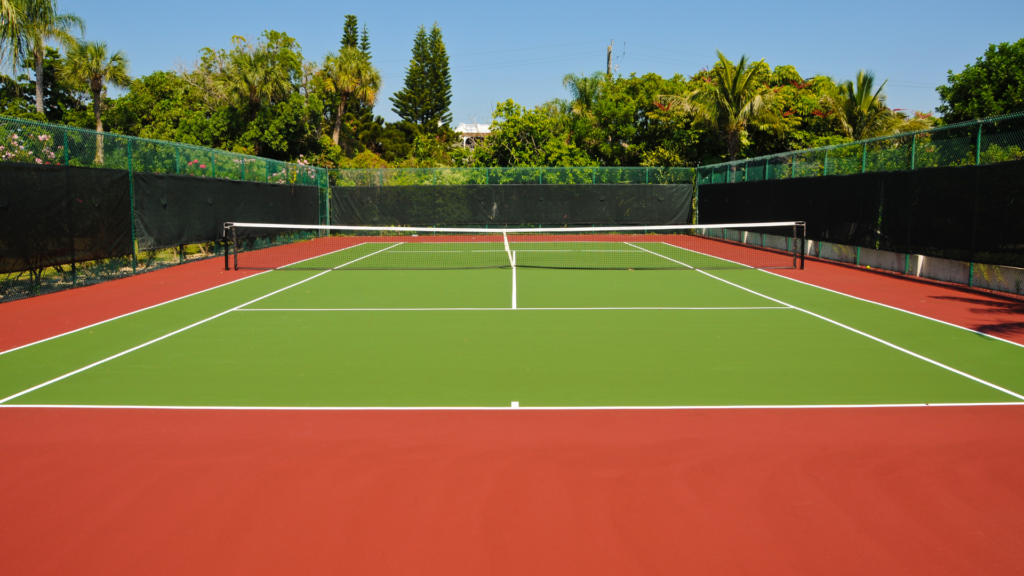
Advantages of Synthetic Flooring
Durability
Synthetic flooring materials are engineered to withstand heavy foot traffic, equipment usage, and environmental factors without compromising their structural integrity. This durability ensures a longer lifespan compared to many traditional flooring options.
Versatility
The diverse range of synthetic flooring types available allows for customization based on specific needs, such as shock absorption, water resistance, or design preferences. This adaptability makes it suitable for various sports and multipurpose courts.
Transform Your Sports Facility Today!
Contact us for high-quality synthetic sports flooring material and elevate your space!
Safety Features
Synthetic flooring prioritizes safety by offering features like slip resistance and impact absorption, reducing the likelihood of slips, falls, or impact-related injuries during athletic activities.
Easy Maintenance
Maintenance of synthetic flooring involves simple cleaning routines, requiring minimal effort and cost. Regular sweeping, mopping, or using mild cleaning solutions helps retain its aesthetics and performance.
Choosing the Right Synthetic Flooring
Consideration of Space and Purpose
Selecting the appropriate synthetic flooring involves assessing the specific requirements of the sports court space. Factors such as the type of sport played, anticipated foot traffic, and the environment (indoor or outdoor) play crucial roles in determining the most suitable flooring option.
Traffic and Usage Analysis
Analyzing the intensity and frequency of court usage aids in understanding the wear and tear the flooring might endure. High-traffic sports courts might necessitate more durable and resilient flooring options to maintain performance and aesthetics over time.
Aesthetic Preferences
While functionality is vital, considering the aesthetic appeal is also crucial. Synthetic flooring offers various design options, including color variations, patterns, and customizable elements, allowing for personalization while meeting the practical needs of the space.
Installation Process of Synthetic Flooring
The installation process of synthetic sports flooring begins with thorough preparations. Surface assessment, ensuring the area is clean and level, and addressing any underlying issues are critical. Depending on the type of flooring chosen, installation techniques may vary, from adhesive application for certain materials to interlocking tile systems for others. Precise installation techniques are essential to guarantee a uniform and sturdy flooring foundation.
Transform Your Sports Facility Today!
Contact us for high-quality synthetic sports flooring material and elevate your space!
Maintenance and Care Tips
Regular Cleaning Methods
Implementing routine cleaning practices, such as sweeping or vacuuming to remove debris, followed by mopping with mild detergents, keeps the flooring in optimal condition. Promptly addressing spills or stains prevents potential damage.
Preventive Maintenance Measures
Periodic inspections, addressing minor damages promptly, and adhering to manufacturer-recommended maintenance guidelines significantly contribute to prolonging the lifespan of synthetic sports flooring. Additionally, using protective mats or pads in high-traffic areas can mitigate wear and tear.
Design Options and Styles
Color Variations and Patterns
Synthetic acrylic flooring offers a spectrum of color options and patterns to complement the aesthetics of the sports court. From vibrant hues to custom team colors, the versatility in design allows for creative expression.
Customization Options
The ability to incorporate logos, markings, or specific designs adds a personalized touch to the sports court. Customization options enable courts to reflect team identities or sponsor branding.
Texture and Finish Choices
Different textures and finishes cater to diverse preferences, providing options for surfaces that enhance ball bounce, shoe grip, or overall playing experience, ensuring optimal performance for specific sports.
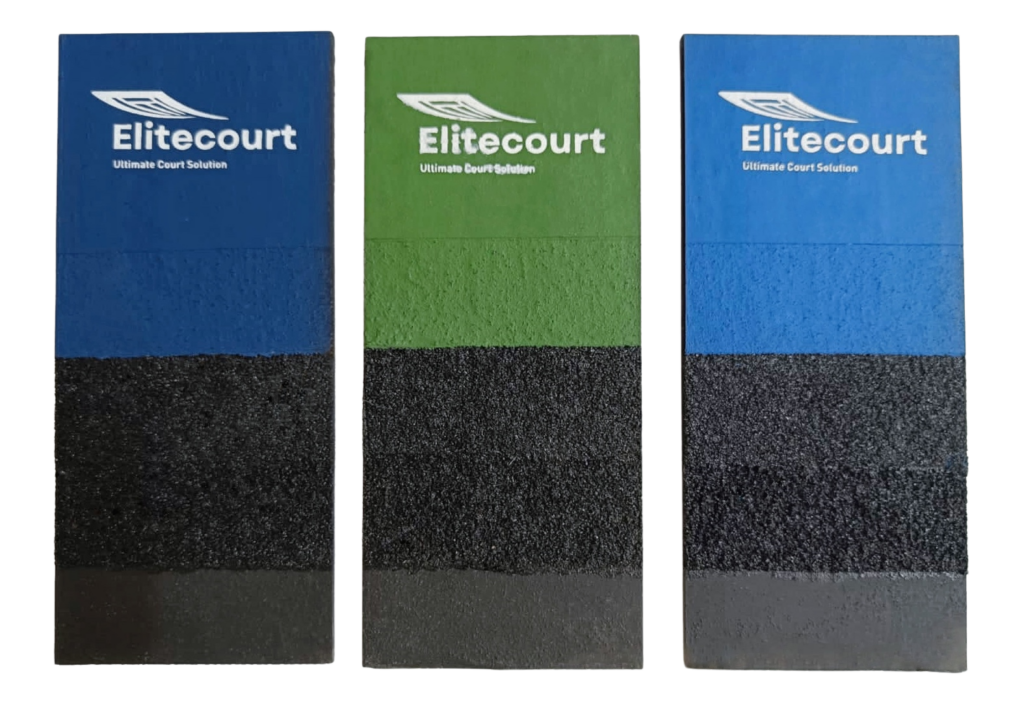
Cost Considerations
Initial Installation Costs
The initial investment for synthetic flooring includes material costs, installation labor, and any additional preparatory work. Costs vary based on the chosen flooring type, court size, and complexity of installation requirements.
Long-term Cost Analysis
While the upfront costs might seem higher than traditional flooring options, synthetic flooring’s durability and low maintenance needs contribute to long-term cost savings. Reduced repair and replacement expenses make it a cost-effective choice in the long run.
Calculate Your Court Material Requirements
Calculate your synthetic sports flooring material and elevate your space!
Comparison between Synthetic Flooring and Other Options
Comparison with Hardwood Flooring
Synthetic flooring offers advantages over hardwood flooring in sports court applications. While hardwood might provide a classic appeal, synthetic options often outshine with their durability, versatility, and cost-effectiveness.
Comparison with Natural Grass in Sports Courts
When considering outdoor sports courts, acrylic flooring provides significant advantages over natural grass. Synthetic flooring offers consistent playability regardless of weather conditions, minimal maintenance, and superior durability compared to natural grass.
Conclusion
Synthetic flooring emerges as a game-changer in sports court environments, delivering a blend of durability, versatility, and aesthetics. Its ability to withstand intense usage, adapt to various sports requirements, and offer customization options makes it an ideal choice for transforming sports courts into safe, stylish, and high-performing spaces.
Transform Your Sports Facility Today!
Contact us for high-quality synthetic sports flooring material and elevate your space!
FAQs
The lifespan varies based on factors like material quality, maintenance, and usage. Generally, high-quality synthetic flooring can last anywhere from 10 to 20 years or more with proper care.
Yes, synthetic flooring offers customization options, allowing for the incorporation of specific team colors, logos, or designs, providing a personalized touch to sports courts.
Routine maintenance typically involves mild cleaning solutions. However, manufacturers may recommend specific cleaning products designed for their flooring materials for optimal upkeep.

